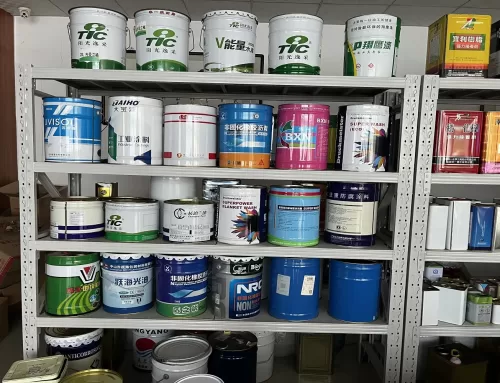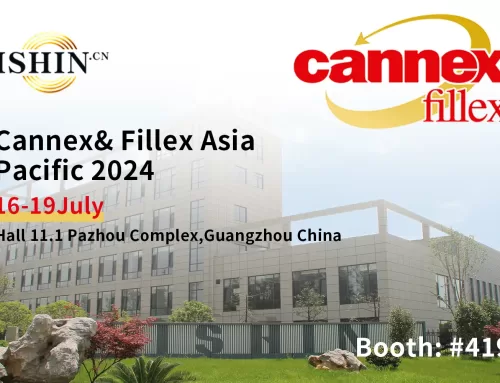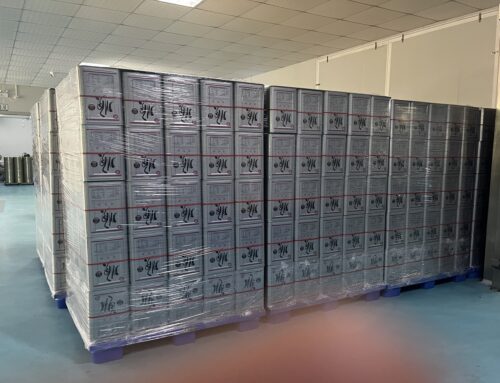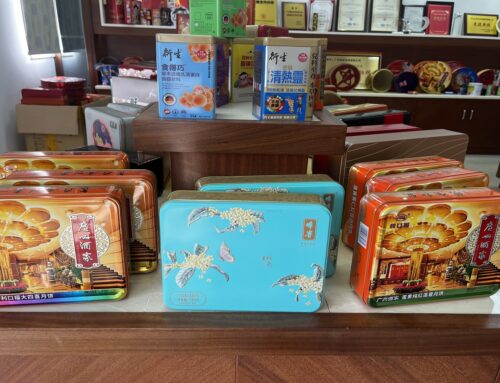Countries around the world have different understandings of the meaning of packaging, and the sayings are different, but the basic meaning is the same. All focus on the function of packaging. For example, the United States defines packaging as: “Packaging is the use of appropriate materials and containers, and the application of technology to enable products to reach their destination safely. that is, at every stage of the product transport process, regardless of Any external influence can protect its contents without affecting the value of the product. ” In Japan, it is summarized as “packaging refers to the technology and state in which items are protected with appropriate materials and containers in order to protect their value and original condition during the transportation, storage, or use of an item.” Canada believes that “packaging is a tool that sends a product from a supplier to a customer or consumer, while keeping the product intact.” The UK considers “packaging to be the artistic, scientific and technical preparation for the transport and sale of goods.”
Among metal containers, there are both transport packaging containers and sales packaging containers. There are many types of metal containers, which are roughly divided into barrels, cans, boxes, tubes, and so on. How many sizes does TIN CAN have? How many categories are there? We can get a rough idea through the following table.
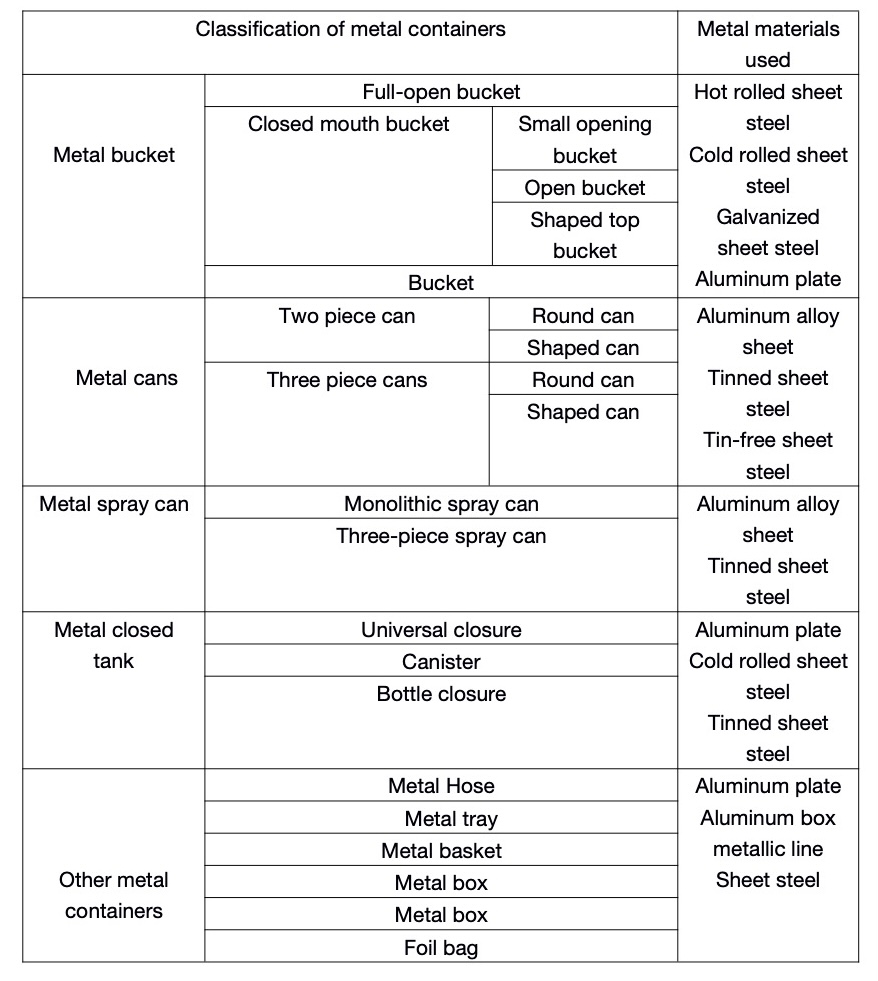
“Tin-plated sheet steel, referred to as tin plate”, commonly known as tinplate, is a low-carbon thin steel plate coated with pure tin on both sides. Tin-plated by hot-dip process is called hot-dip tin-plated plate, and tin-plated by electro-plating process is called tin-plated plate . Mainly used as packaging material for canned food.
I. Tin plate structure and main production process
Tin plate structure consists of steel substrate, tin-iron alloy layer, tin layer, oxide film and oil film.
Composition (see Figure 11). The thickness, composition and performance characteristics of each component are shown in the table.
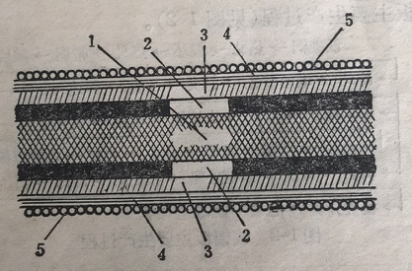
Figure 1-1 Sectional view of tin plate
1—steel substrate 2—tin-iron alloy layer 3—tin layer
4 oxide film 5 oil film
The main production process of tin plate (see Figure 1-2).
Low carbon steel → hot rolling → slab → hot rolling → strip steel → pickling and cold rolling → electrolytic cleaning → annealing → flattening → trimming
→ Electrolytic cleaning → Pickling → Plating tin → Reflowing → Passivation → Processing oiling → Inspection → Shearing → Classification → Packaging → Plating tin plate → Shearing → Pickling → Flux treatment → Hot dip tin → Cooling → Cleaning → Inspection Classification → Packaging → Hot Dip Tin Plate
Figure 1-2 Main production process of tin plate

